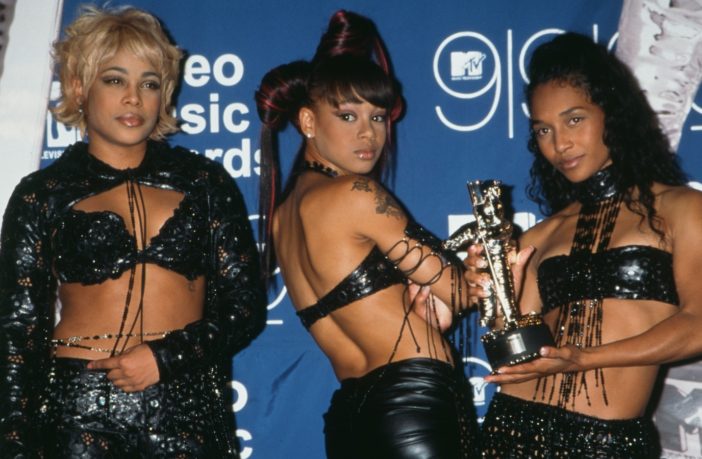In the ’90s and early 2000s, Black female artists faced expectations to fit into the R&B mold, both in their music and their appearance. However, some women refused to be confined by these expectations, choosing instead to explore alternative sounds and styles. These trailblazers sought to break free from the constraints of the industry, incorporating elements of rock, house, and other genres into their music. They also embraced unique fashion choices, eschewing the traditional “R&B singer” look in favor of more eclectic and daring outfits. By doing so, these artists not only asserted their creative freedom but also inspired a new generation of young Black girls. They showed them that it’s okay to be different, to express themselves authentically, and to challenge the status quo. Artists like Kelis, with her bold fashion sense and innovative sound, or TLC, known for their boundary-pushing music videos and eclectic style, paved the way for a more diverse and inclusive music industry. They proved that Black women could be unapologetically themselves, regardless of societal expectations, and in doing so, they made history and left an indelible mark on the music world.
Throughout Hip-Hop and R&B history, Black female artists have continuously pushed the boundaries of genre and style, embodying alternative identities and perspectives. These women are pioneers in this regard, blending rap and R&B with unconventional beats and profound lyricism. These artists not only expanded the sonic possibilities of Hip-Hop and R&B but also redefined what it meant to be a Black woman in the music industry, inspiring generations of artists to come.
Janet Jackson our ‘Queen of Pop’ was at the forefront of creating the alternative Black girl aesthetic as a total package. From her music to her beauty looks and style, Janet, Miss Jackson if you’re nasty changed the game of conventional female R&B and added the pop sound and look. Another one of the most notable Black alternative artists of the 2000s was Kelis, whose eclectic style and innovative sound broke barriers in the music industry. Kelis’s hit single “Milkshake” became an anthem for self-empowerment and body positivity, resonating with young Black girls often marginalized or excluded from mainstream beauty standards.
Below, EBONY is diving into 10 female artists whose musical contributions paved the way for greater diversity and inclusion in the music industry. By breaking down barriers and challenging stereotypes, they helped to create a more inclusive space for Black artists of all genres to thrive. The importance of Black alternative music artists of the early 2000s to little Black girls cannot be overstated. Through their music and artistry, these artists provided representation, inspiration, and empowerment to a generation of young Black girls searching for their place in the world.
Janet Jackson. Image: Jo Hale/Redferns for Getty Images.
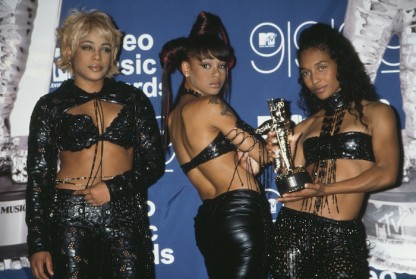
TLC. Image: Vinnie Zuffante for Getty Images.
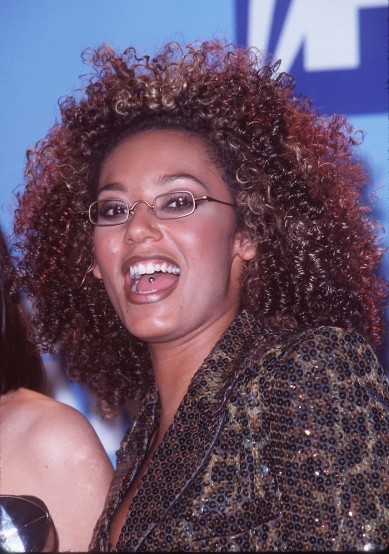
Melanie Brown aka Scary Spice of Spice Girls. Image: Steve Granitz/WireImage for Getty Images.
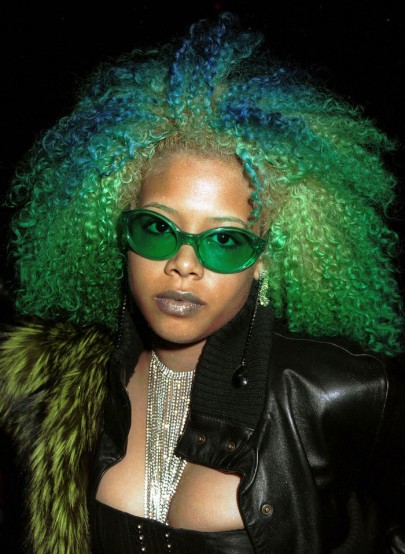
Kelis. Image: George De Sota/Newsmakers for Getty Images.
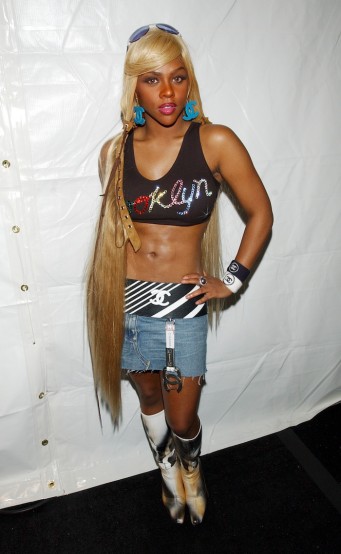
Lil Kim. Image: Kevin Mazur/WireImage for Getty Images.
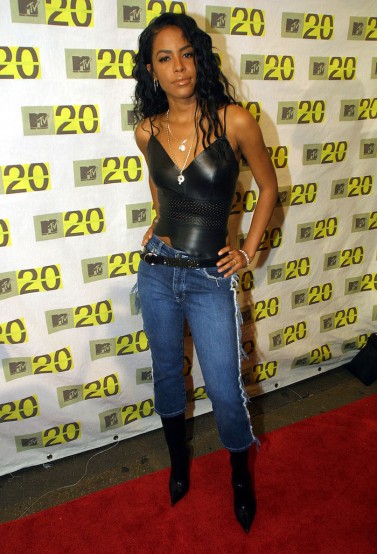
Aaliyah. Image: Chris Polk/FilmMagic for Getty Images.
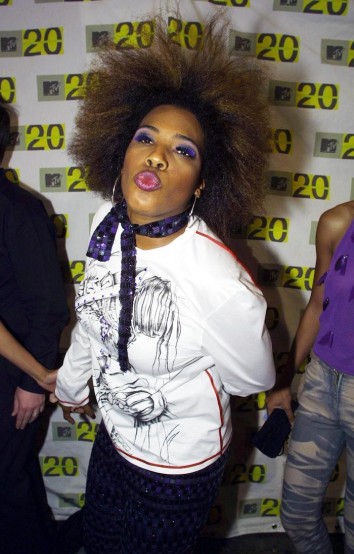
Macy Gray. Image: DOUG KANTER/AFP for Getty Images.
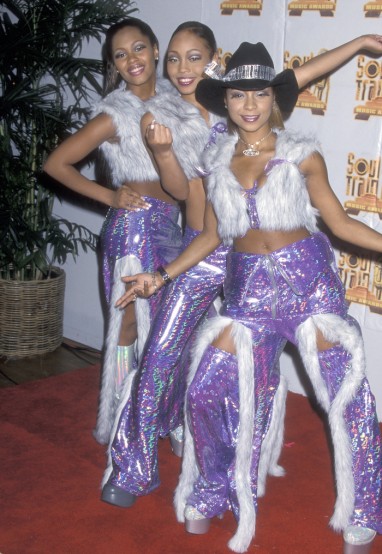
Blaque. Image: Ron Galella, Ltd./Ron Galella Collection for Getty Images.
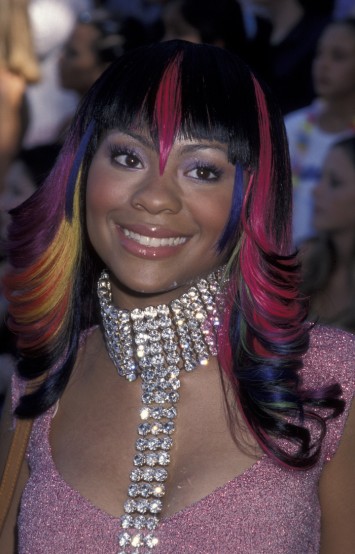
Nivea. Image: Ron Galella, Ltd./Ron Galella Collection for Getty Images.
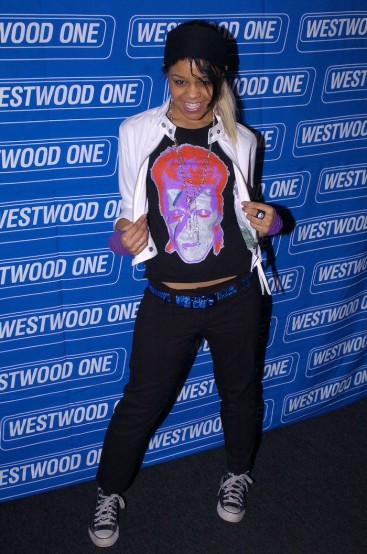
Fefe Dobson. Image: Jeff Kravitz/FilmMagic, Inc for Getty Image.
